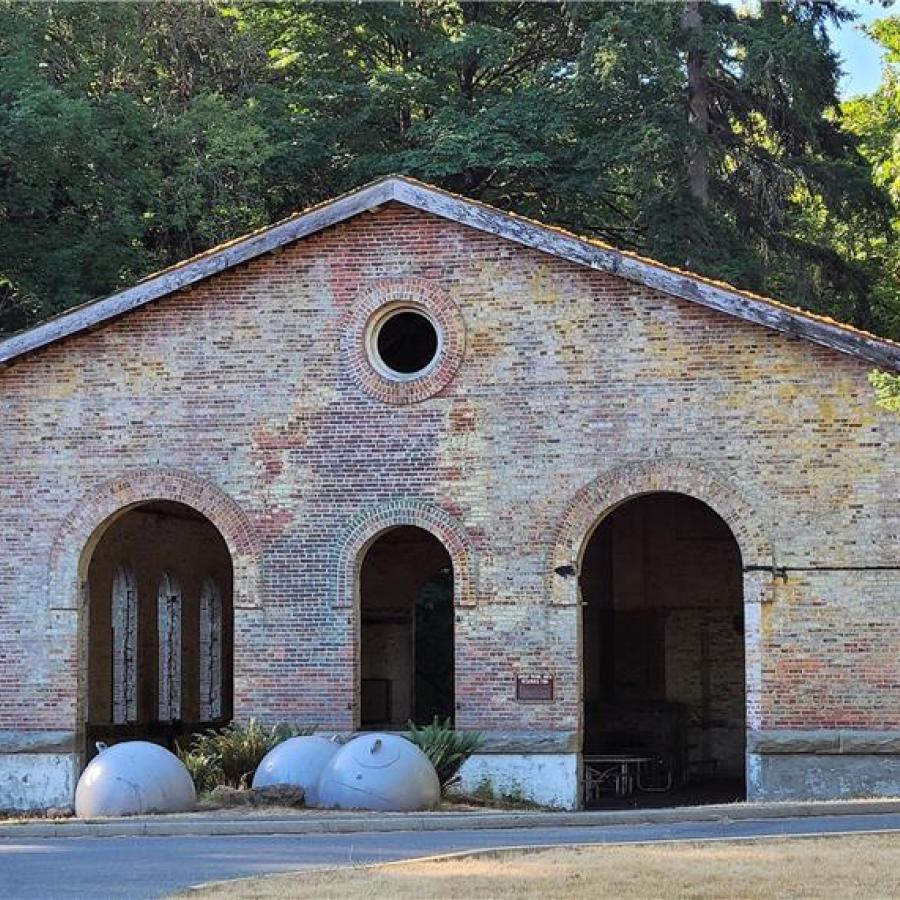
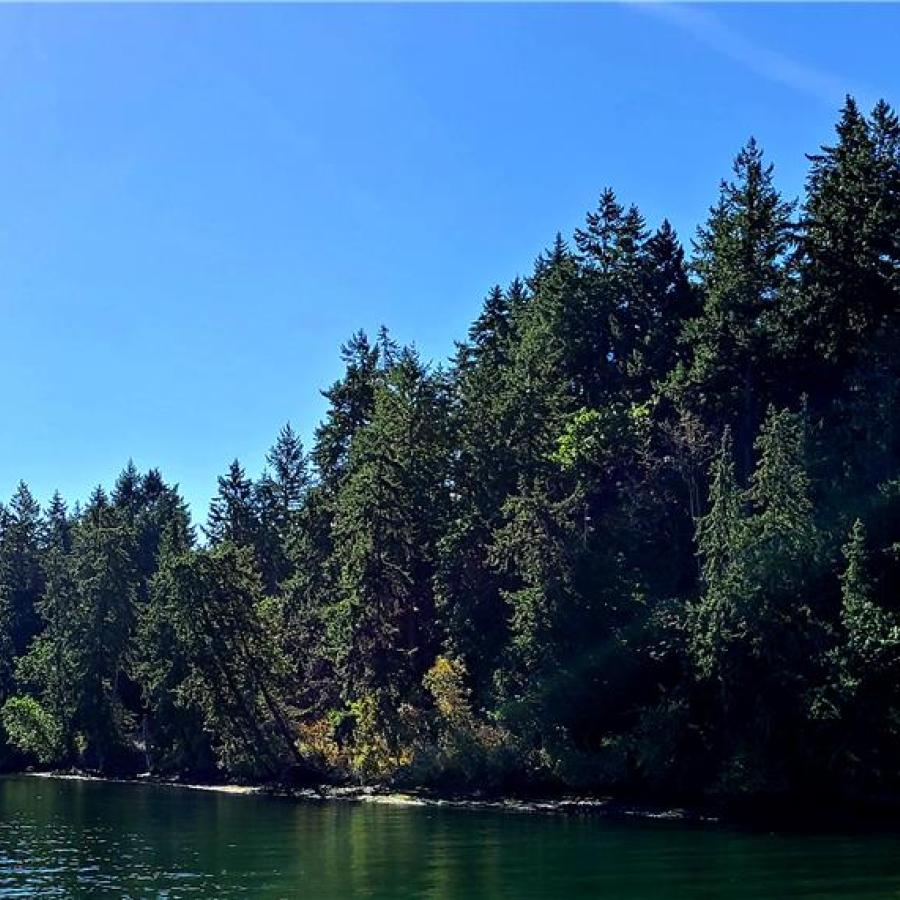
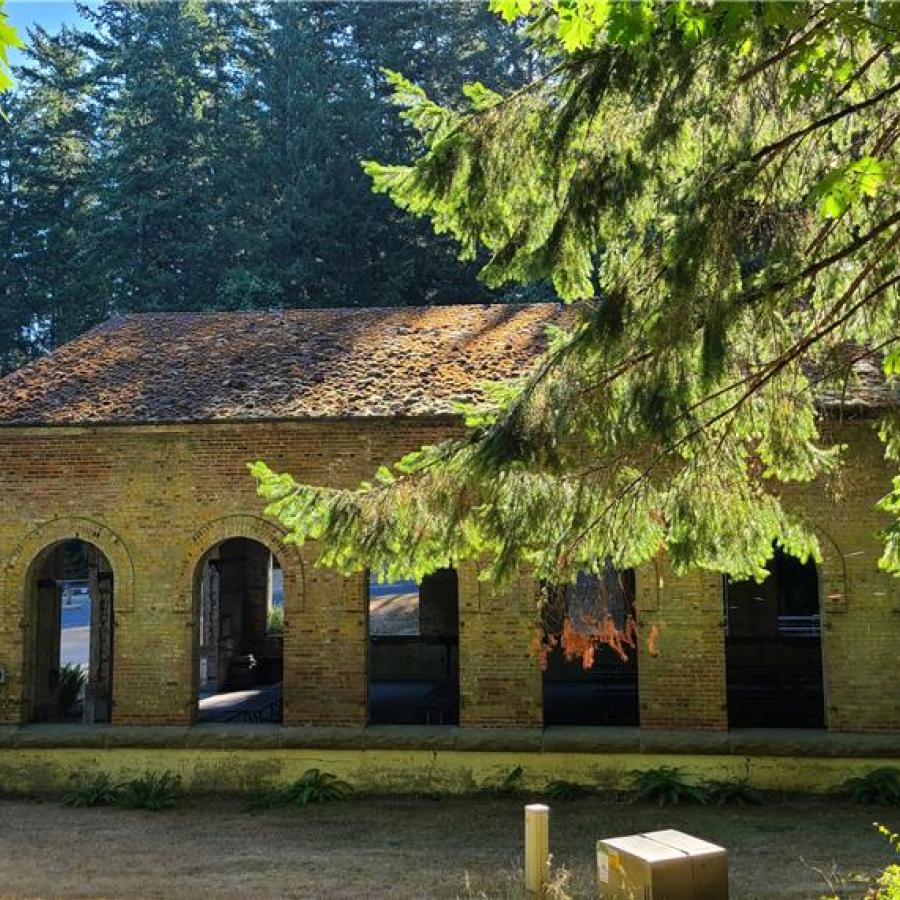
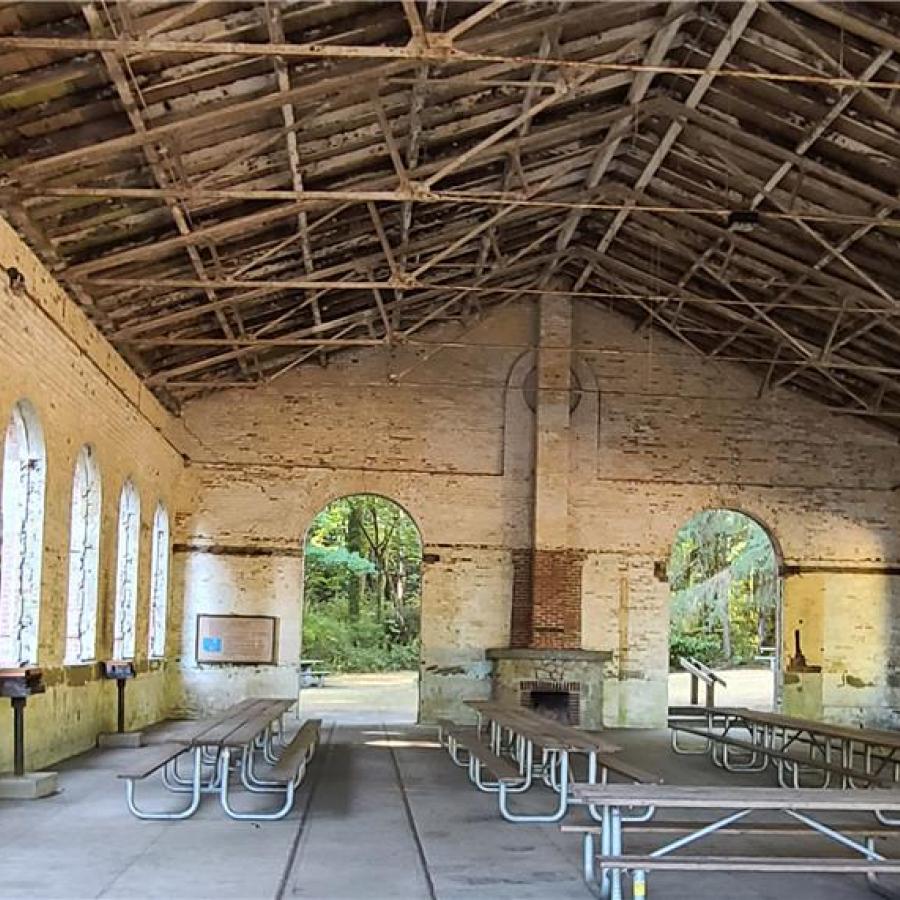

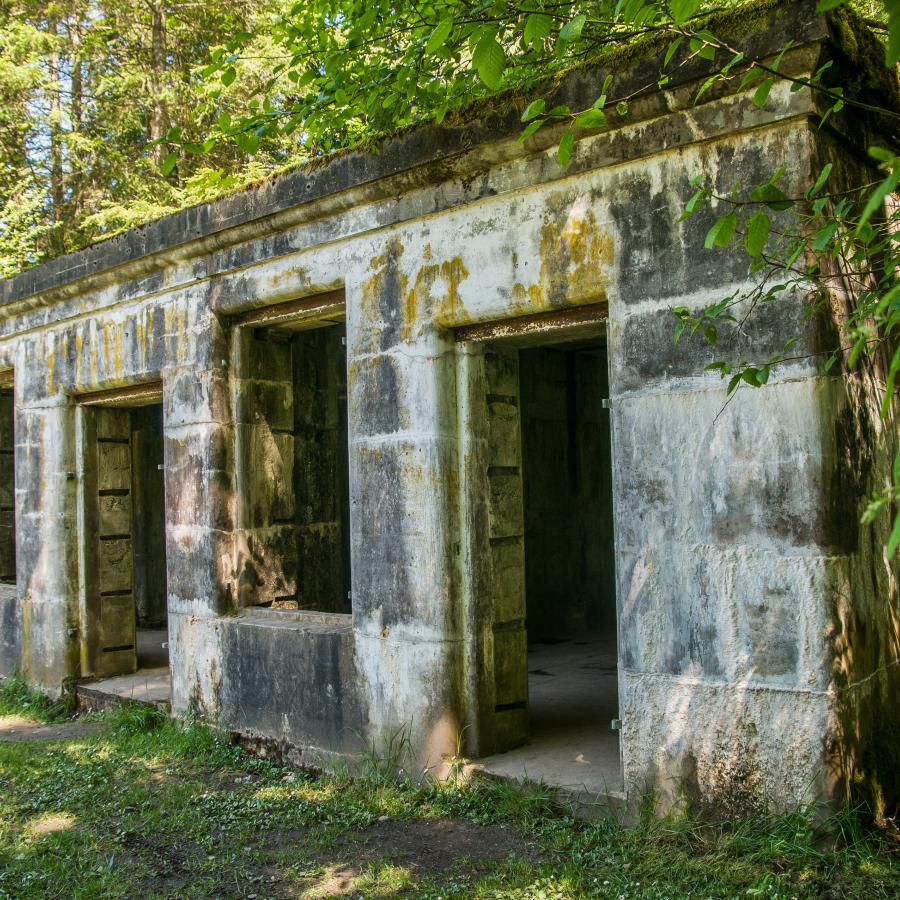

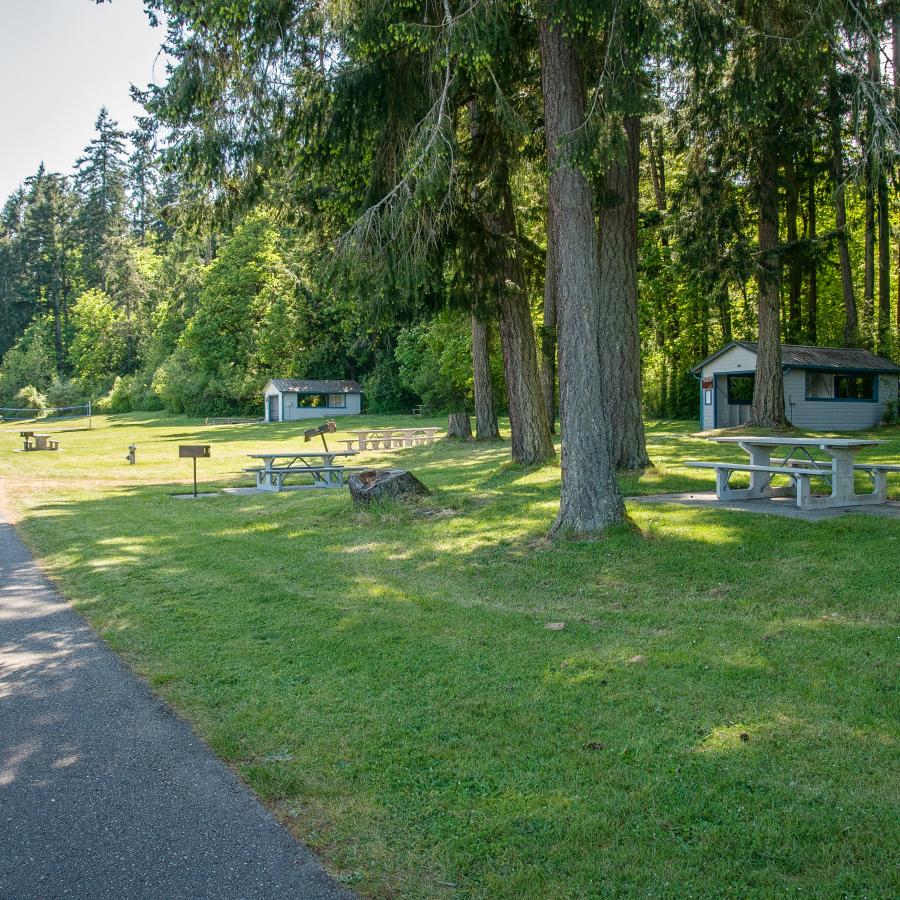
Fires allowed in all designated fire pits and grills. Propane and gas grills allowed.

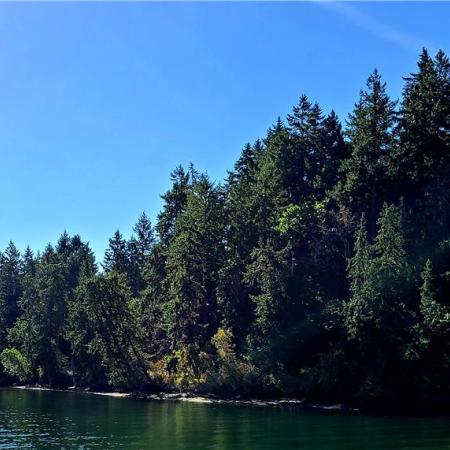
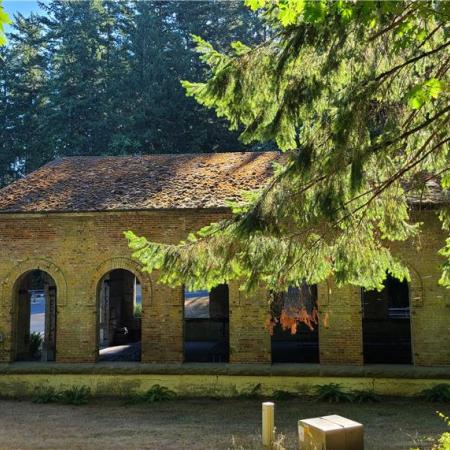
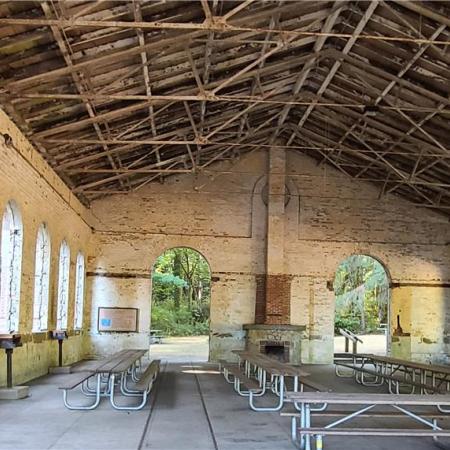

7767 E Hilldale Rd, Port Orchard, WA 98366
Manchester State Park is a year-round camping park with stunning views of the Puget Sound and an interesting military history, including the historic Torpedo Warehouse.
Metal detecting is allowed but not on the beach. Visit the Metal Detecting webpage for more information.
Beach Exploration
Winter Camping
Biking
Bird Watching
Boating
Camping
Crabbing
Fishing
Geocaching
Hiking, Walking, Rolling and Running
Kayaking
Metal Detecting
Paddleboarding
Scuba Diving
Swimming
Accessible Campsites
Accessible Restrooms
Drinking Water
Fire Pit
Park Ranger Station
Restrooms
Showers
Trash Service
Firewood
Grill
Picnic Shelters
Picnic Tables
Accessible Parking
Parking
Trailer Dump
Horseshoe Pits
Volleyball
Bike Trails
Hiking Trails
Field
Forest
Rocky Beach
Saltwater
Viewpoint
Wildlife Viewing
Metal detecting is allowed but not on the beach. Visit the Metal Detecting webpage for more information.
Located near Port Orchard on Rich Passage, Manchester State Park has wooded hiking trails and over 3,400 feet of saltwater shoreline. Whether you're on a vacation excursion or just visiting for the day, you will find a delightful change of pace and an enjoyable escape into nature.
The park has standard and partial hookup sites. All sites can be used for tents or RV's depending on site size. Each campground loop has a full restroom with showers. Hiker/biker campsites available on a first-come, first-served basis. There are also two Cascadia Marine Trail sites near the beach for those arriving by wind/human powered watercraft.
A group camp is available, which includes 12 RV hookup sites. The large grass area can be used for pitching tents. There is a private restroom with showers, a covered shelter and fire pit. Reservations available Apr. 1 – Oct. 31.
The day use area is a picturesque lawn area bordering the waterfront, rentable facilities and first-come, first-served picnic tables with barbecue braziers are available. An excellent venue for weddings, parties and company events, reserve the Torpedo Warehouse or picnic shelters, available Apr. 1 – Oct. 31. Outside reservation season the day-use facilities are first-come, first-served. Call park office for information.